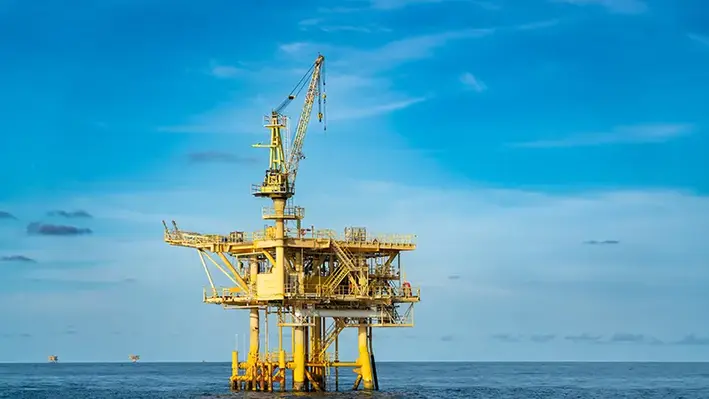
In 2025, the offshore oil and gas sector in the Gulf of America is undergoing a rapid transformation, as new well intervention technologies reshape how operators approach subsea production, integrity, and high-pressure challenges.
With legacy fields maturing and operational efficiency becoming a strategic priority, companies are turning to advanced systems and partnerships to optimise well performance, extend asset life, and reduce rig time.
Chevron’s Ballymore development stands out as a symbol of this shift. By leveraging a subsea tieback to the existing Blind Faith platform, the project avoids the need for new topside infrastructure while still enabling high-yield production from three wells. This infrastructure-light approach exemplifies a broader industry trend, as operators seek scalable, sustainable solutions that reduce capital expenditure while accelerating timelines. Ballymore is expected to contribute significantly toward Chevron’s target of producing 300,000 barrels of oil equivalent per day from the region by 2026.
On the other hand, Shell is deploying innovative materials in its Whale project, located around 200 miles offshore. The company has partnered with CRP Subsea to introduce crushable foam wrap (CFW) technology – engineered to collapse under specific temperature and pressure thresholds. This provides thermal expansion management and pressure relief in the annulus, addressing critical integrity challenges in deepwater completions. Set for phased delivery starting in the third quarter of 2025, the technology reflects growing emphasis on preemptive integrity control in complex environments.
Meanwhile, intervention hardware is also evolving to meet the region’s high-pressure demands. Trendsetter Engineering has successfully deployed its Trident 20K system at Beacon Offshore’s Shenandoah project. Designed for operations in ultra-high-pressure wells, the intervention system was installed from the Deepwater Atlas drillship and enabled a two-well flowback campaign without requiring the system to be recovered between wells. Its modular design and wet-mate capabilities allowed operators to save valuable rig time while maintaining safety in technically challenging conditions.
Outlook: high-tech, high-pressure future
The Gulf of America is shifting toward a model where reliability, modularity, and pressure management dominate offshore engineering priorities. As Chevron retools infrastructure usage, Shell integrates intelligent thermal solutions, and Trendsetter pushes the limits of high-pressure intervention, the region is positioning itself as a proving ground for next-gen well intervention technologies. These advancements are expected to support longer well life cycles and safer operations as operators balance performance with cost control.




